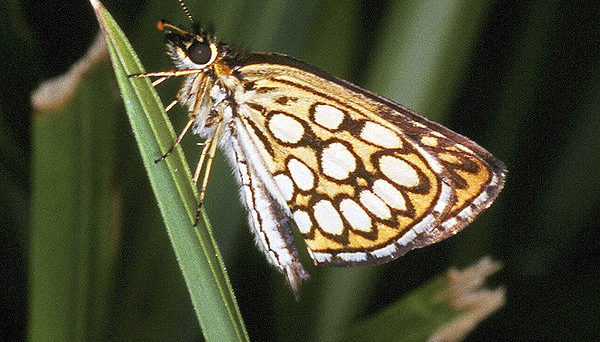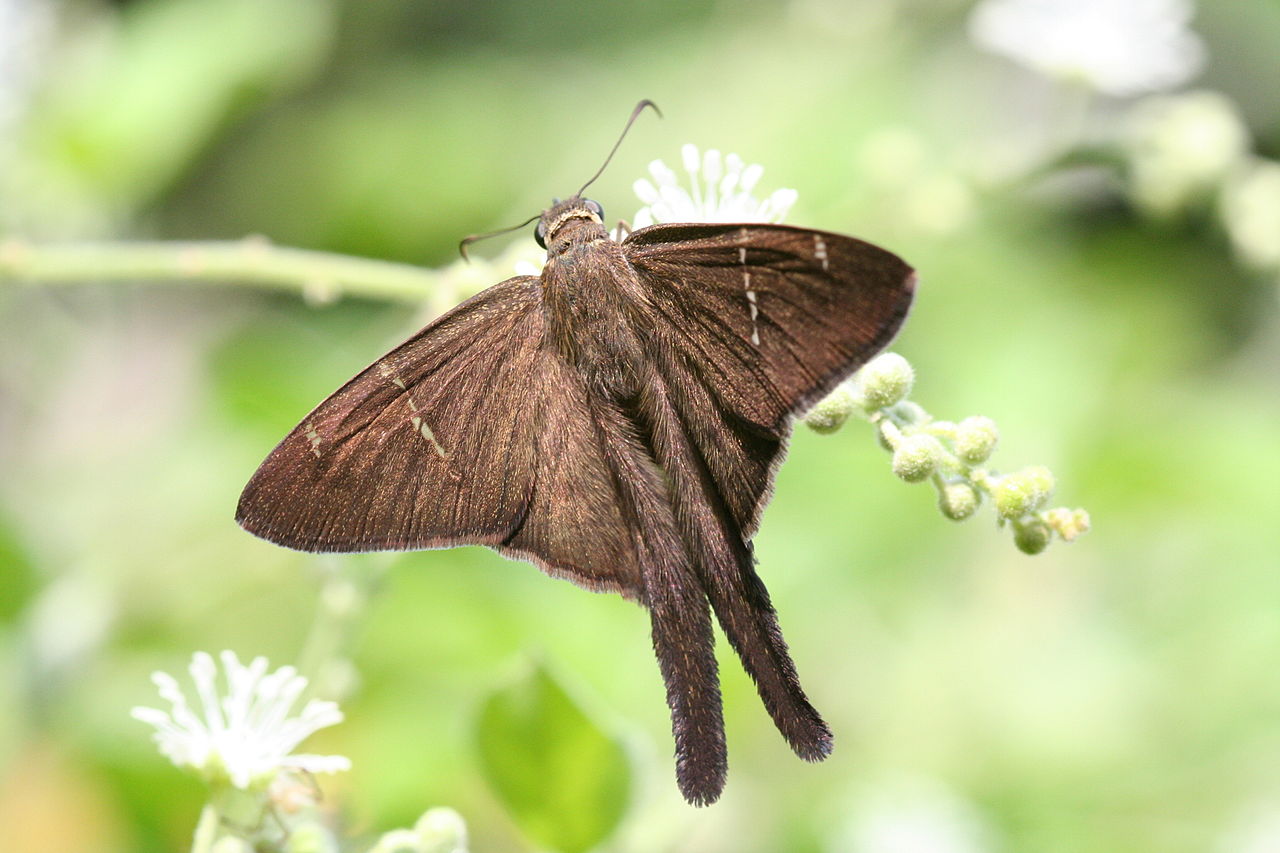
The number of beetle species on earth is more than the number of plant species. The number of species in butterflies and moths are likely less than half of beetle species on earth. Beetles, butterflies and moths along with all other insect species represent almost half of all eukaryotic species. What governs such variation in species diversity – why are some groups of organisms species rich, while others are species poor?
The pattern of species richness across different groups of organisms is broadly explained by the idea of ecological opportunity, which is based on two major components. First, evolution of a key character that provides the ability to utilize resources otherwise unavailable. Second, availability of the resources which can be facilitated through either extinction of competitive species or appearance of new resources or colonization to a new area.

By investigating the pattern of associations of skipper butterflies and their larval hostplant, we show that the monocot-feeding skippers diversified much more rapidly than the dicot-feeding ones (monocot and dicot being the two major classes flowering plants are traditionally grouped in). As a result, the monocot-feeding group represents approximately equal number of species as that of the dicot-feeding group, although the monocot-feeding group originated more recently. However, different subgroups within the monocot-feeding group have diversified at different rates.
To uncover the plausible reasons that could have influenced the differential rate of diversification within the monocot-feeding group, we compared the time when monocot-feeding skippers originated with the time of paleoclimatic events. We find that paleoclimatic events at distinct geological times have influenced diversification of monocot-feeding skippers.

First, one subgroup of monocot-feeding skippers diversified on forest dwelling monocots when these plants themselves diversified owing to high atmospheric temperature around 50 million years ago. This diversification occurred in present day Africa, South Asia, and South-East Asia. Second, expansion of grasslands in South America around 40 million years ago facilitated diversification of another subgroup of monocot-feeding skippers which are broadly specialized on grasses.
Collectively, our comparative analyses reveal that the increased diversification of skipper butterflies is due to (i) evolution of the ability to feed on monocots, and (ii) subsequent availability of diverse monocot plants over a wide geographical area. Although we are not certain about the underlying mechanisms that would have facilitated diversification of grass feeding skippers, we predict that the geographical isolation mediated as a consequence of grassland expansion was a prominent factor.
Comments